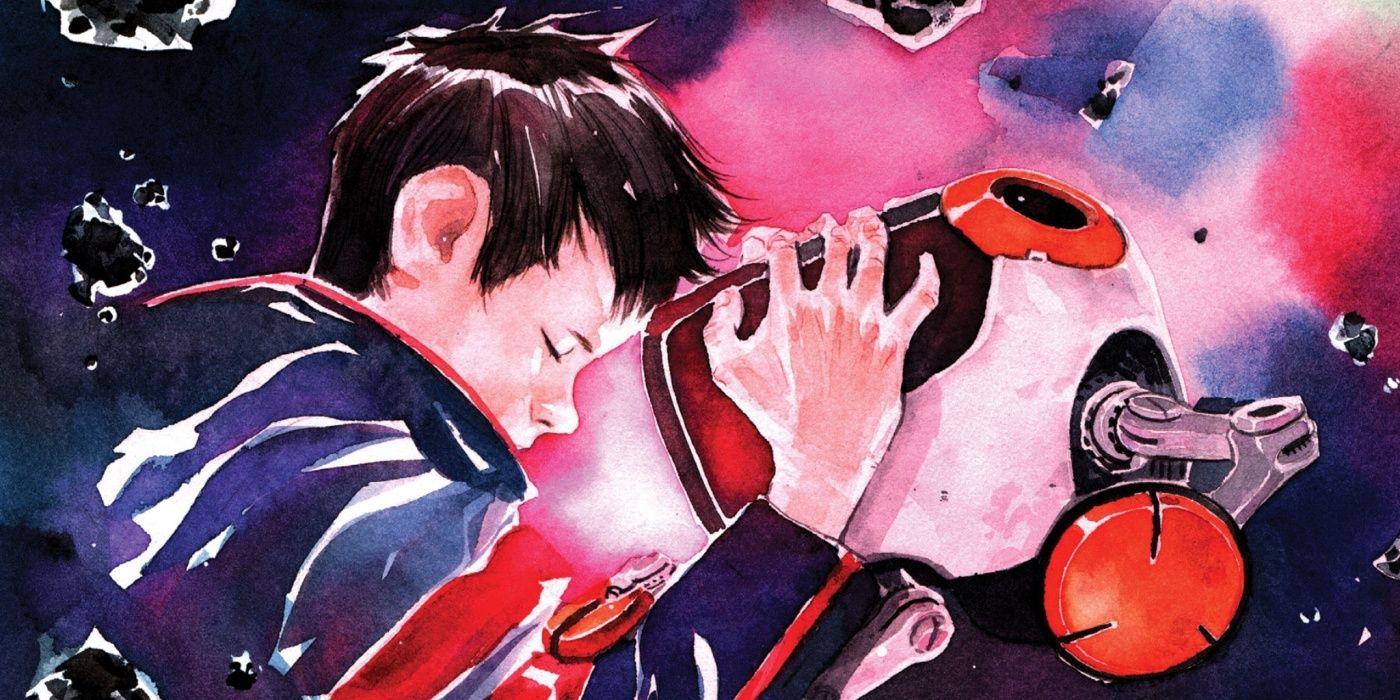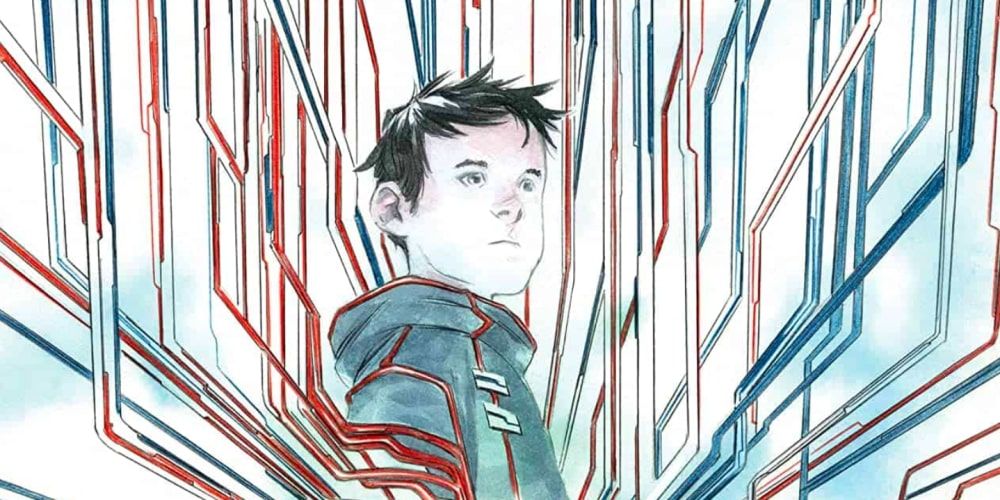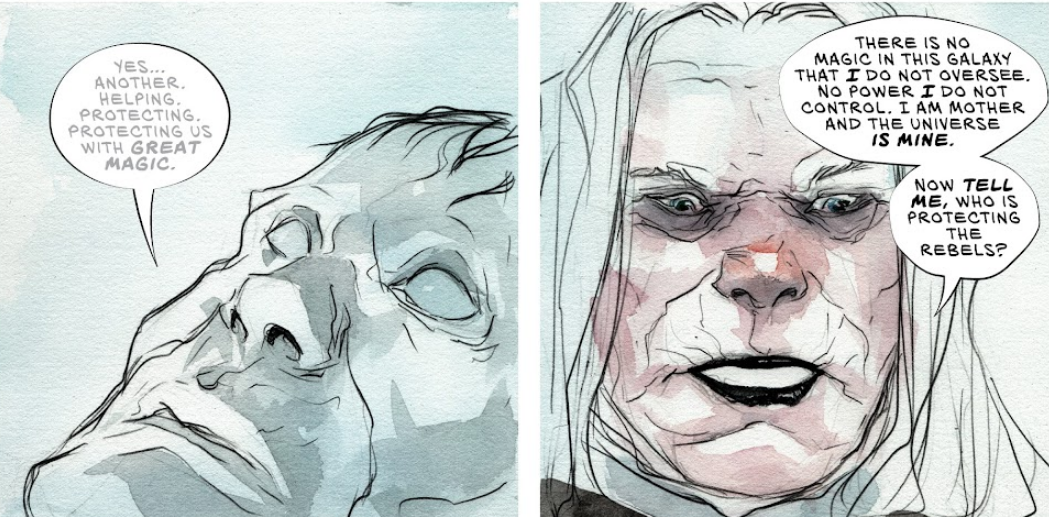Science-fiction fans will be hard-pressed to find a story quite like the one being told in Descender and its sequel, Ascender. As a creator-owned Image property, Jeff Lemire and Dustin Nguyen enjoyed the freedom of bringing their unique vision to life without any restrictions, able to run wild with their imagination. The end result is a true masterpiece, which took science fiction to dazzling new heights.
Descender followed a young android named Tim-21, who became locked in a bitter struggle for survival after machines began to be hunted down throughout the galaxy. Various factions fought for control over Tim-21, whose programming contained game-changing cosmic secrets. Ascender then served as an epic culmination of everything which came before it, tying up all the loose ends with great finesse. Across both series, Jeff Lemire and Dustin Nguyen set up a remarkably groundbreaking universe, which established its own very distinct brand of Sci-Fi.
Descender Is a Space Opera Like No Other
What set Descender apart from other science fiction was a markedly character-driven approach, taking great care to establish the emotional complexity of the central cast. Lemire and Nguyen effectively employed flashbacks throughout the series, which conveyed the rich history of each character. Issues 12 to 16 were a highlight of the series, as each issue dived into a different person’s backstory, providing some useful context as to what drove each of these key players. Lemire’s indie work has always been very heartfelt, and Descender was no exception, with his writing tapping into the humanity of each character. Nguyen’s vibrant artwork was the perfect match for Lemire's creative flair, brimming with so much emotion.
Everything about Descender was incredibly ambitious, using its space opera set-up to explore some highly original ideas. Lemire’s scripts tackled some big themes, dissecting how people can take advantage of technology. Throughout the series, the machines held a mirror up to humanity’s dark side, constantly revealing society's flaws. Nguyen also brought so many imaginative worlds to life with his breathtaking use of watercolor giving the series a particularly unique aesthetic. The creative team's take on the space opera, therefore, felt fresh and exciting, earning its place alongside Sci-Fi classics such as Star Wars and Blade Runner.
Ascender Blurred the Lines Between Science-Fiction and Fantasy
Moving away from Descender's space opera slant, Lemire and Nguyen's Ascender book cleverly melded Sci-Fi and fantasy elements. In this sequel series, corrupt magic users and supernatural creatures ruled over the galaxy and set out to eradicate any last traces of technology. Over the course of the narrative, returning characters and even some new faces came together to overthrow the mystical regime, using the scientific innovations that were at their disposal. During Ascender, tropes from different genres bounced off each other in a really fun way, making the story feel like a breath of fresh air.
The Descender follow-up maintained the charm of the previous series, masterfully juggling creative world-building with strong character development. Lemire and Nguyen's astounding creativity was on full display here, as the star pairing seamlessly integrated magic into their cosmic universe. As a result, Descender and Ascender combine to form a truly revolutionary tale, which played with genre conventions in a way like never before.



